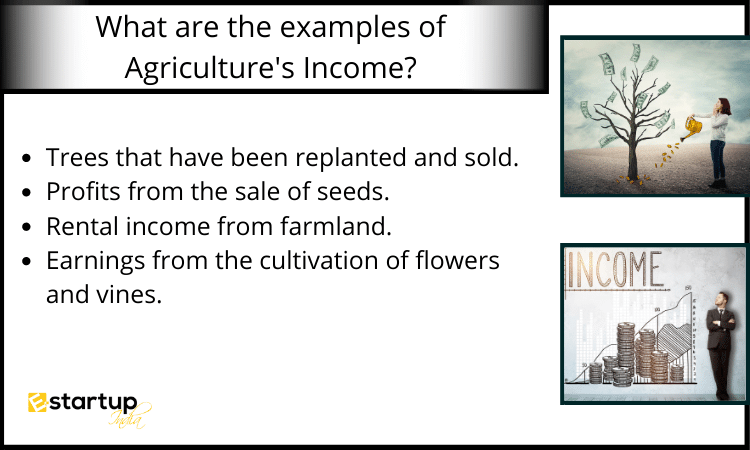Farmers in India are reported to form the majority of the country’s workforce. It is the primary source of income for the vast majority of India’s rural people. The country as a whole is completely reliant on agriculture to provide its basic food needs. Therefore, the government has announced several schemes and benefits to boost agricultural income. As a result, there is important information for Income Tax on Agricultural Income that you must know while ITR Filing. In this article, you will know Income Tax on Agriculture Income in India.
What is the definition of agricultural income?
According to Income-tax Act Section 2 (1A), activities that generate agricultural income Income Tax on Agriculture Income in India. must meet specific criteria. In the section’s definitions, agricultural revenue can be derived from the following sources:
- Agriculture-related revenue is derived by renting or leasing farmland in India.
- Profits derived from the commercial selling of agricultural products obtained via the ownership of agricultural land
- Substantial income can be earned by renting or leasing out farm buildings under the following conditions.
- The structure should have been occupied by a cultivator or a farmer, either through rent or revenue.
- The structure serves as a home, a storehouse, or an outhouse.
- An assessment is being made for land revenue or a municipal tax on the property where the building stands.
Important Note: Dairy farming, breeding, raising livestock, poultry farming, and other operations with just a strong link to farming don’t count toward agricultural revenue.
What percentage of agricultural revenue is tax-free?
In certain situations, all agricultural revenue is exempt from paying taxes.
- Amounts of less than Rs. 5,000 in agricultural income are exempt.
- Agriculture-based income is the only source of income for those who have no other source of revenue.
- If your entire income, excluding agricultural revenue, is less than the basic exemption amount.
However, you still should do Income Tax Return Filing and avail of its several benefits.
What are the examples of Agriculture’s Income?

- Trees that have been replanted and sold.
- Profits from the sale of seeds.
- Rental income from farmland.
- Earnings from the cultivation of flowers and vines.
- Profits made by a company that deals in agricultural products or activities from a partner
- A partner in an agricultural business earns interest on the capital they have invested.
 The Capital Gains Tax Treatment of Farmland
The Capital Gains Tax Treatment of Farmland
Taxpayers who sell their farmland and use the earnings to buy new farmland are eligible for Section 54B capital gains relief. In order to be eligible for the benefit under section 54B, you must fulfill the following criteria:
- For tax purposes, the recipient must be a person or a HUF, and the asset transferred must be agricultural land, long-term or short-term.
- In order to avoid capital gains taxes, the land must have been farmed by the taxpayer, his parents, or any other members of his HUF for at least two years before the transfer date, and the taxpayer must buy another piece of farmland within two years from that date in order to avoid capital gains taxes on the new property.
How does my tea-growing income fit under the definition of “agriculture”?
In the instance of tea-growing, 40% of the revenue taxes as a commercial Income Tax on Agriculture Income, while the rest are excluded as agricultural income.
How can you increase your Agriculture Income?
You can increase your agricultural income by exporting your agricultural products. Enrolling under APEDA Registration and getting training and other benefits can help you boost your income significantly.
Moreover, you require any kind of guidance related to the Income Tax Return Filing, please feel free to contact our business advisors at 8881-069-069.
Download E-Startup Mobile App and Never miss the latest updates reciting to your business.
